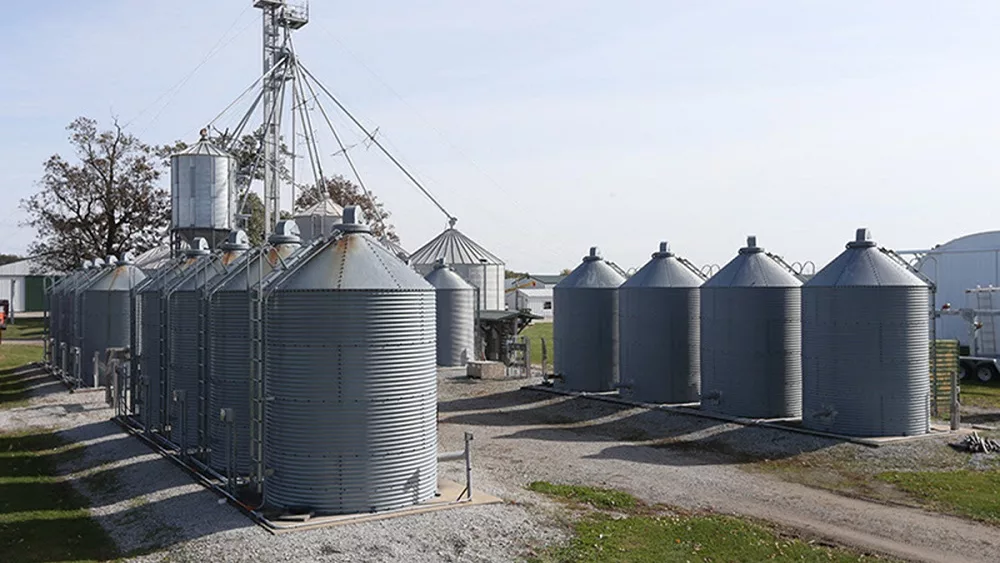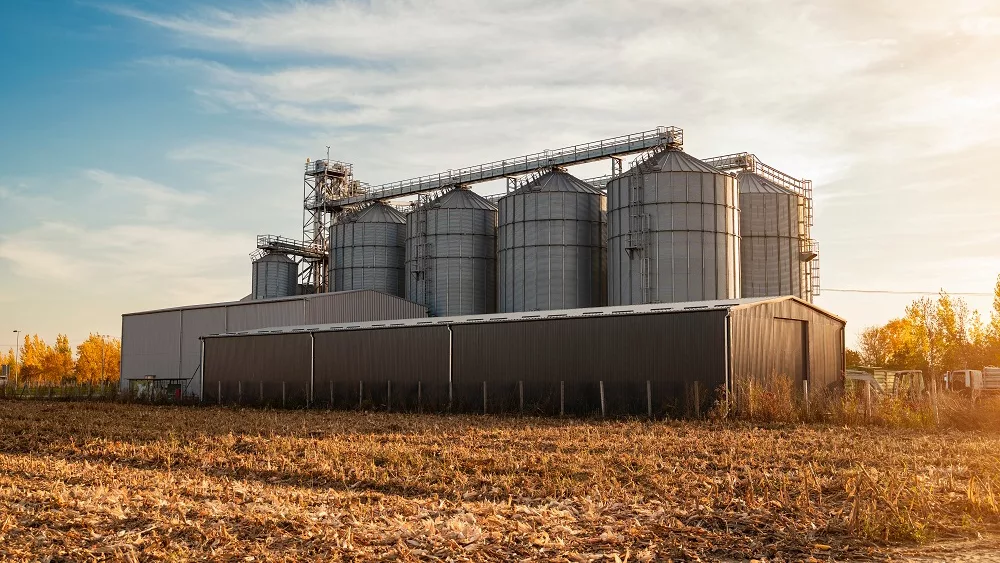Indiana Agriculture Needs Better Zoning

For Indiana farmers wanting to expand their operations, local zoning is becoming a major barrier. A bill that is making its way through the General Assembly would implement a statewide study of zoning laws as they relate to livestock operations. Many producers have found their efforts to grow hampered by local zoning rulings.
Ted McKinney, with the ISDA, says local zoning laws must be changed to allow for agricultural expansion, “We are an agrarian state; 84% of the land is in farms or forests.” He said there is a tremendous opportunity for growth for Indiana agriculture. McKinney says his department is working with local leaders to educate them on the benefits of growing agricultural operations in their areas, “This has to be a win/win for urban, rural, neighbors, county, suburbia, but not expanding is not an option.”
 McKinney said Indiana farmers are much better off than producers in other states, “Ohio,for example, has all but shut down their livestock expansion; we are not there.” He said Indiana still has room to expand the livestock sector, especially to support the growing food processing firms in the state. The Pence administration has made growing the Indiana ag economy a major priority, and that will mean more and larger farms in many areas of Indiana.
McKinney said Indiana farmers are much better off than producers in other states, “Ohio,for example, has all but shut down their livestock expansion; we are not there.” He said Indiana still has room to expand the livestock sector, especially to support the growing food processing firms in the state. The Pence administration has made growing the Indiana ag economy a major priority, and that will mean more and larger farms in many areas of Indiana.
Agricultural industries in Indiana account for more than $31 billion in direct sales and nearly $13 billion more in ripple effects such as related supply-chain purchases and spending by workers, according to a new report from Indiana University’s Kelley School of Business. The new report, “Beyond the Farm: A State and Regional Report on the Economic Contribution of Farms, Forests and Related Industries,” also says that the state’s agricultural output supports nearly 190,000 Hoosier jobs. Of those jobs, 107,500 are directly involved in agricultural production and processing.
“Keep in mind that Indiana’s farmers and agriculture-related manufacturers generated these impressive numbers during a tough year plagued by severe drought. These impacts would likely be higher in a more typical year,” says Matthew Kinghorn, economic analyst at the IBRC. “The findings in this report demonstrate that efforts to support, or even expand, Indiana’s agricultural production and processing can have positive ripple effects throughout the state’s economy. This is especially true in regions of the state that are facing declines in other key industries. Therefore, the degree to which agriculture is able to contribute to Indiana’s economic growth going forward will be an important economic indicator for the state.”




